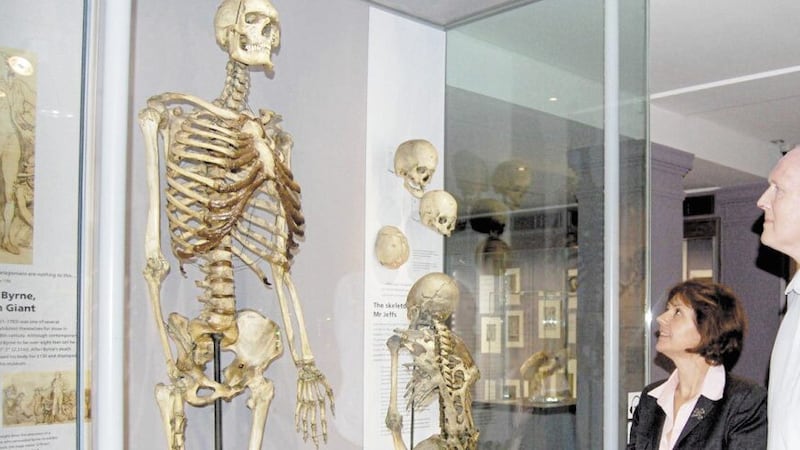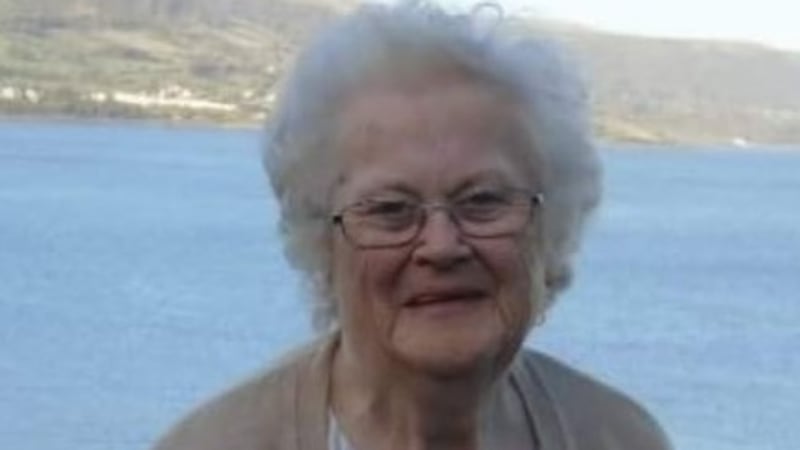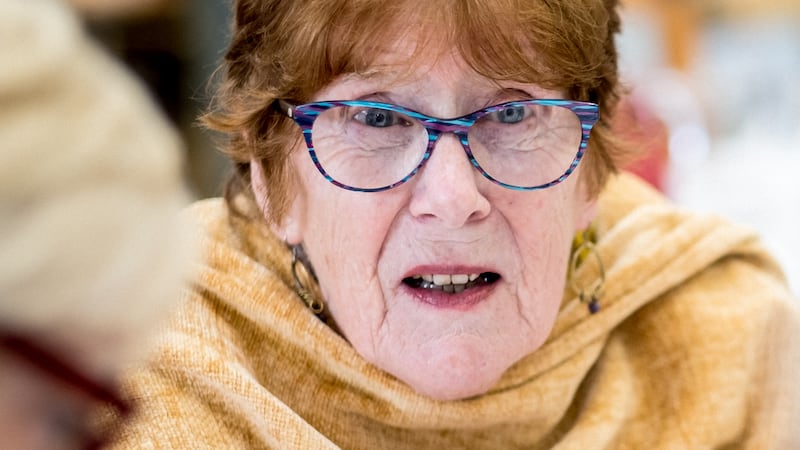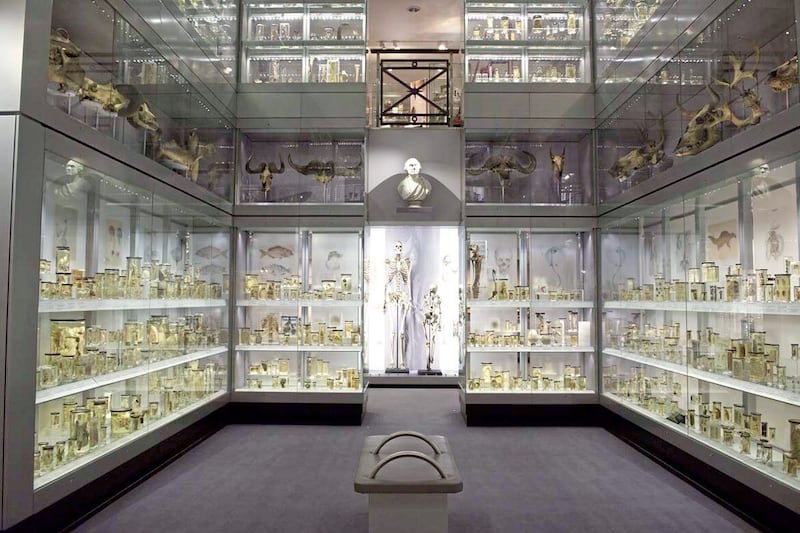A distant relative of a man known as 'The Irish Giant' has welcomed a decision to remove his skeleton from public display after 200 years.
However, Brendan Holland believes it would be wrong to agree to demands that Charles Byrne be returned to Ireland for burial or – as per Byrne’s own wishes – that his skeleton be buried at sea.
Mr Holland said his distant relative’s earthly remains should remain available for future medical research and education.
Born Charles O’Brien in south Derry in 1761, Byrne changed his name on moving to England. It is believed he suffered from a condition called gigantism, caused by a pituitary tumour which led to an over-production of growth hormone and resulted in Byrne reaching the height of 7ft 7ins.
In his late teens, he moved to London to exploit his unusual height and took the moniker The Irish Giant. He quickly became a celebrity, finding fame and fortune.
His condition eventually led to ill-health, exacerbated by heavy drinking and – at the age of 22 – the theft of his entire fortune. Knowing that his body would be treated as a freak exhibit after death and fearing his body would be dissected, on his death bed, Byrne left instructions that he was to be buried at sea.
However, Scottish surgeon John Hunter bribed the undertaker and stole Byrne’s body. He reduced it to a skeletal state and put it on permanent show in a glass case at the Hunterian Museum (now owned by the Royal College of Surgeons). There it remained for 200 years, despite numerous campaigns for Byrne’s dying wishes to be respected.
Among those who campaigned for Byrne’s burial were former Derry mayor Martin Reilly, law lecturer Thomas Muinzer and Len Doyal, emeritus professor of Medical Ethics at the University of London.
Earlier this month, the College of Surgeons bowed to public pressure and confirmed Byrne’s skeleton had been permanently removed from public display. However, the college said it would be retained in vaults for future research, again denying the Derry man’s dying wish.
While supporters have stepped up their campaign for Byrne’s wishes to be respected, his distant cousin, Mr Holland believes the right decision has been made.
“I’m pleased his skeleton has been removed from public view. As someone who is quite tall myself, I’m used to people staring. But I think it’s right that the skeleton should be retained for medical research and for education,” Mr Hollan said.
The south Derry man, who is 6ft 10.5 ins tall, suffered from the same type of tumour as Byrne. Through a DNA test, medical expert, Márta Korbinits, discovered a rogue gene, proving the Holland family and O’Brien family shared a common ancestor.
“We cannot do anything for Charles Byrne who is dead, but we can still do a lot for the living,” Mr Holland said.




